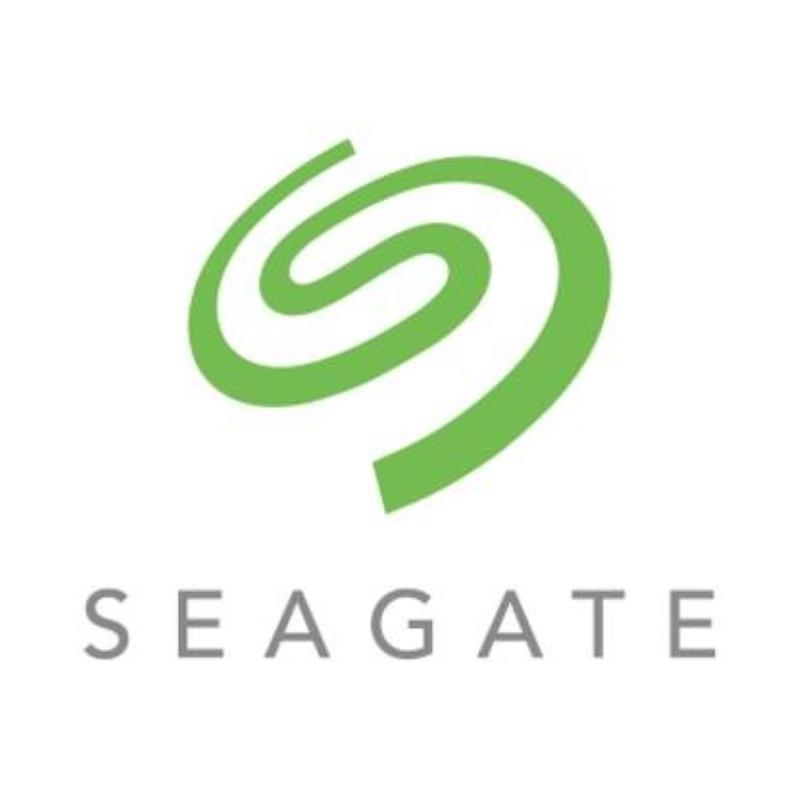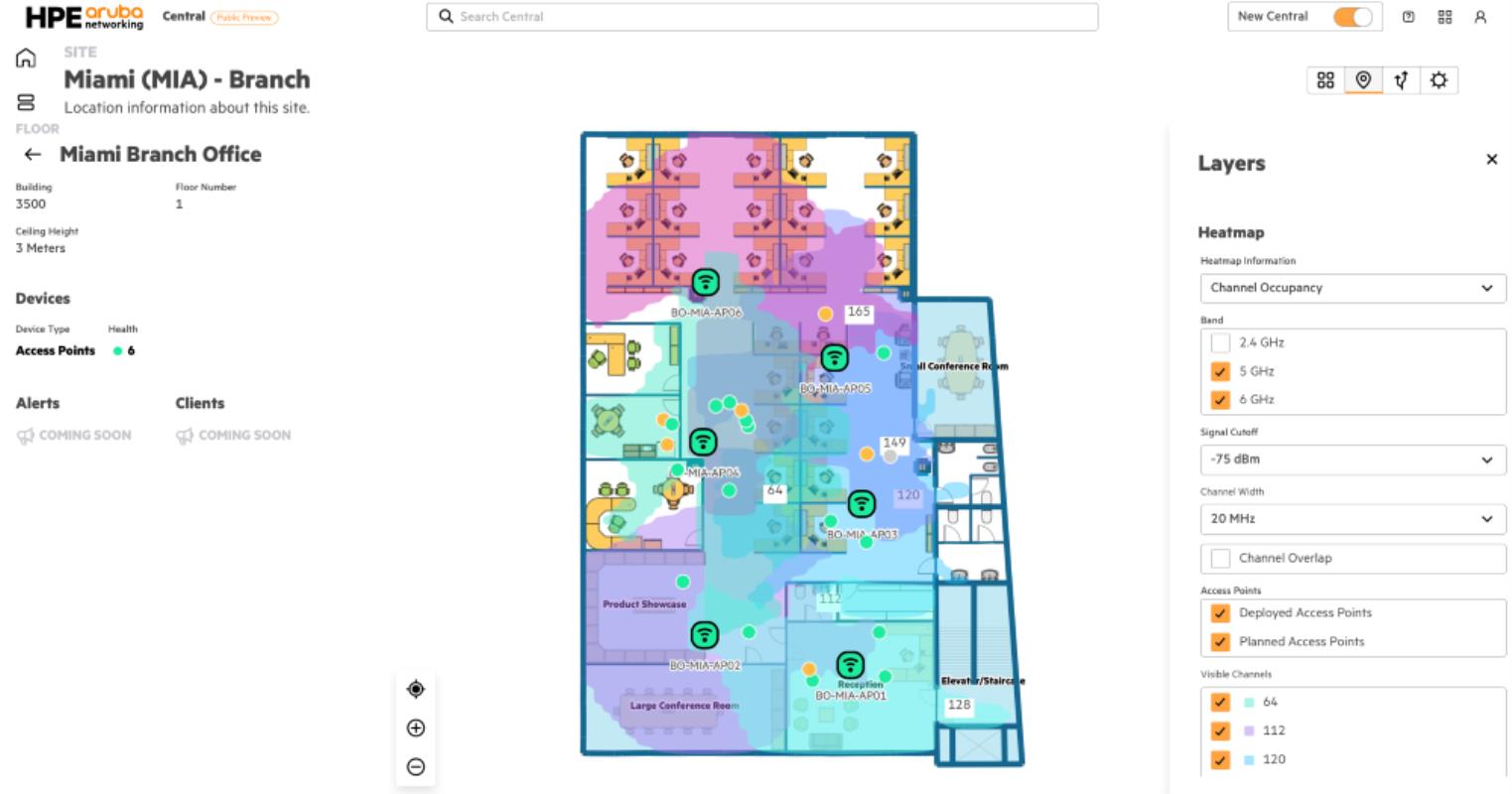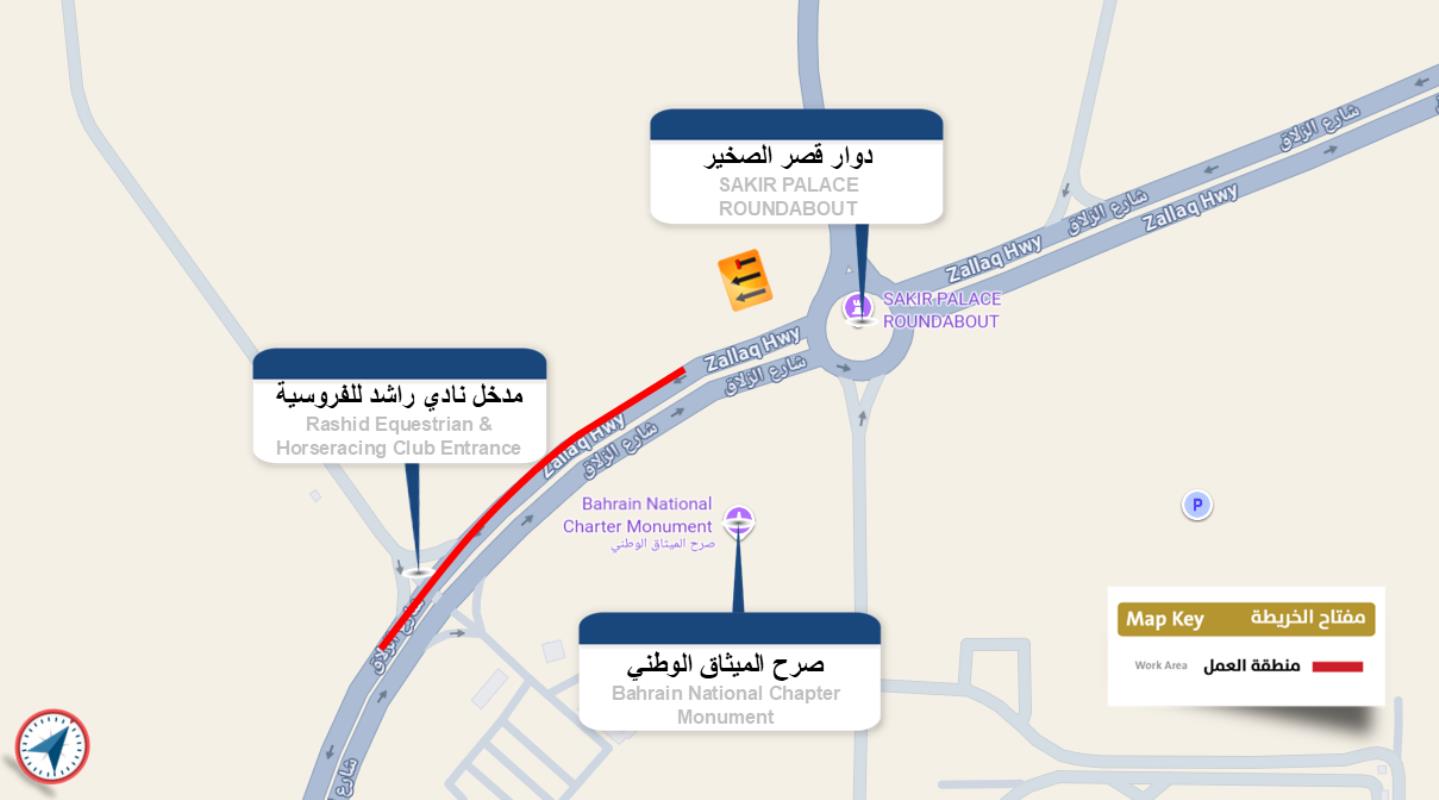Red Hat will now serve as Nokia’s primary reference platform for the company to develop, test and deliver its core network applications
Service providers will benefit from Nokia’s focused development and leadership in future-ready core network software together with Red Hat’s deployment options for bare-metal, virtualized and public cloud.
Nokia and Red Hat, Inc., the world's leading provider of open source solutions, today announced that they have reached an agreement to tightly integrate Nokia’s core network applications with Red Hat OpenStack Platform and Red Hat OpenShift. As part of the agreement, Nokia and Red Hat will jointly support and evolve existing Nokia Container Services (NCS) and Nokia CloudBand Infrastructure Software (CBIS) customers while developing a path for customers to migrate to Red Hat’s platforms over time. Additionally, Nokia will leverage Red Hat’s infrastructure platforms to enable faster development and testing of Nokia’s extensive core network portfolio.
Nokia customers will continue to be supported by Nokia directly, while Red Hat will provide Nokia with ongoing development, services and advanced care for Nokia NCS and CBIS. As customer cloud strategies evolve, Red Hat and Nokia will support a smooth transition path for customers who choose to migrate to Red Hat's platforms. In addition, certain Nokia cloud infrastructure teams will transition to Red Hat to provide continued roadmap evolution, deployment services and support on behalf of Nokia to its customers.
As service providers explore the opportunities with 5G, including core network, open RAN, multi-access edge computing (MEC), application modernization and more, they require greater flexibility and options to deploy applications and services on the infrastructure and location of their choice. This means integration and interoperability amongst the ecosystem is critical. With this move:
- Nokia will adopt Red Hat as its primary cloud infrastructure platform to develop, test and deliver Nokia’s core network applications;
- Nokia will continue to support its core network applications on the Nokia NCS and CBIS platform offerings;
- Nokia’s core network applications will be tightly integrated with Red Hat OpenStack Platform and Red Hat OpenShift, the leading hybrid cloud application platform powered by Kubernetes;
- Nokia will certify Nokia’s core network cloud-native network functions (CNFs) and virtualized network functions (VNFs) on Red Hat OpenShift and Red Hat OpenStack Platform with customer deployment options on bare-metal, virtualized and public cloud telco infrastructure offerings, including those from Amazon Web Services, Google, Microsoft and others.
Nokia cloud infrastructure platform customers will have the full service and support of Red Hat’s open source ecosystem and access to Red Hat’s transformative 4G and 5G technologies and use cases. By combining Nokia’s 5G expertise with Red Hat’s open hybrid cloud vision, customers will be able to transform their core network infrastructure and applications to be fully cloud-native and future-ready with service and support from Red Hat as the industry accelerates to the edge.
Supporting Quotes
Fran Heeran, Senior Vice President & General Manager of Core Networks, Cloud and Network Services, Nokia
“This agreement further demonstrates Nokia Cloud and Network Services’ continued momentum to rebalance its portfolio. It will allow us to provide customers with our best-in-class core network applications, together with best-in-class cloud infrastructure from Red Hat, a global leader in open source infrastructure technology.”
Darrell Jordan-Smith, Senior Vice President, Telecommunications, Media and Entertainment & Edge, Red Hat
“Red Hat recognizes the explosive impact of 5G — not only for service providers, but across all industries - with the most exciting developments still to come. 5G is revolutionizing how businesses and people interact with the development of next-generation applications, services and use cases. As part of this partnership, Nokia is offering our multicloud, cloud native infrastructure together with their core networks applications, enabling service providers to capitalize on the 5G opportunity by deploying their 5G networks using Red Hat OpenStack Platform and Red Hat OpenShift.”






































































